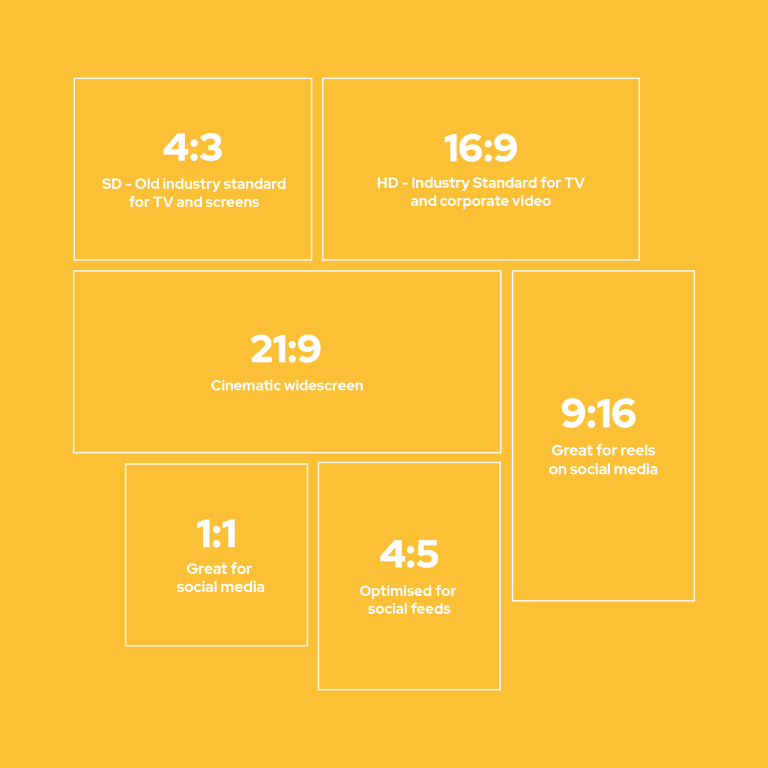Rotoscoping is a visual effects technique that allows you to trace around, extract and separate visual elements from your footage. It forms the foundation for many visual effects.
The term originates from when rotoscope artists created visual effects by drawing on the film, one frame at a time to add something that wasn’t there when the footage was originally filmed. Now that process has been brought into digital softwares the process is a lot less arduous, but it is still a longwinded and time-consuming technique that has to be analysed and perfected frame-by-frame if it is going to be at all convincing.
To achieve this effect, the roto artist has to trace the object they want to extract frame by frame, with a mask, a tracking shape tool or the rotobrush tool. The software then interprets the mask, gradually learning which element you are tracing. It helps for the object to have clean edges, be a different colour to its surroundings and not to be moving too fast as motion blur will confuse where the object starts and finishes. It helps to have a high frame rate to counteract this, and the patience of a saint!


The technique can be used in a number of ways. For example taking something out of a shot, and putting it into a new context. Or extracting an element out of a shot, either to fix a mistake or as a visual effect. You can also use the effect to separate objects in the shot and insert new objects between them, such as text layers or animated or computer generated graphics.




For many applications, compositing is easier and more effective with a greenscreen, but when there isn’t the possibility to do this, it can be done manually with rotoscoping.
So why would you want to use this technique?
Often with high-end film productions, it’s the subtle attention to detail that elevates the production and keeps the viewer interested. If there’s an element of mystique as to how something was created, then your audience are going to keep watching. Used in conjunction with other techniques such as motion tracking, 3D camera tracking, and chromakey, here at Square Daisy we can offer so much more to your film production.



